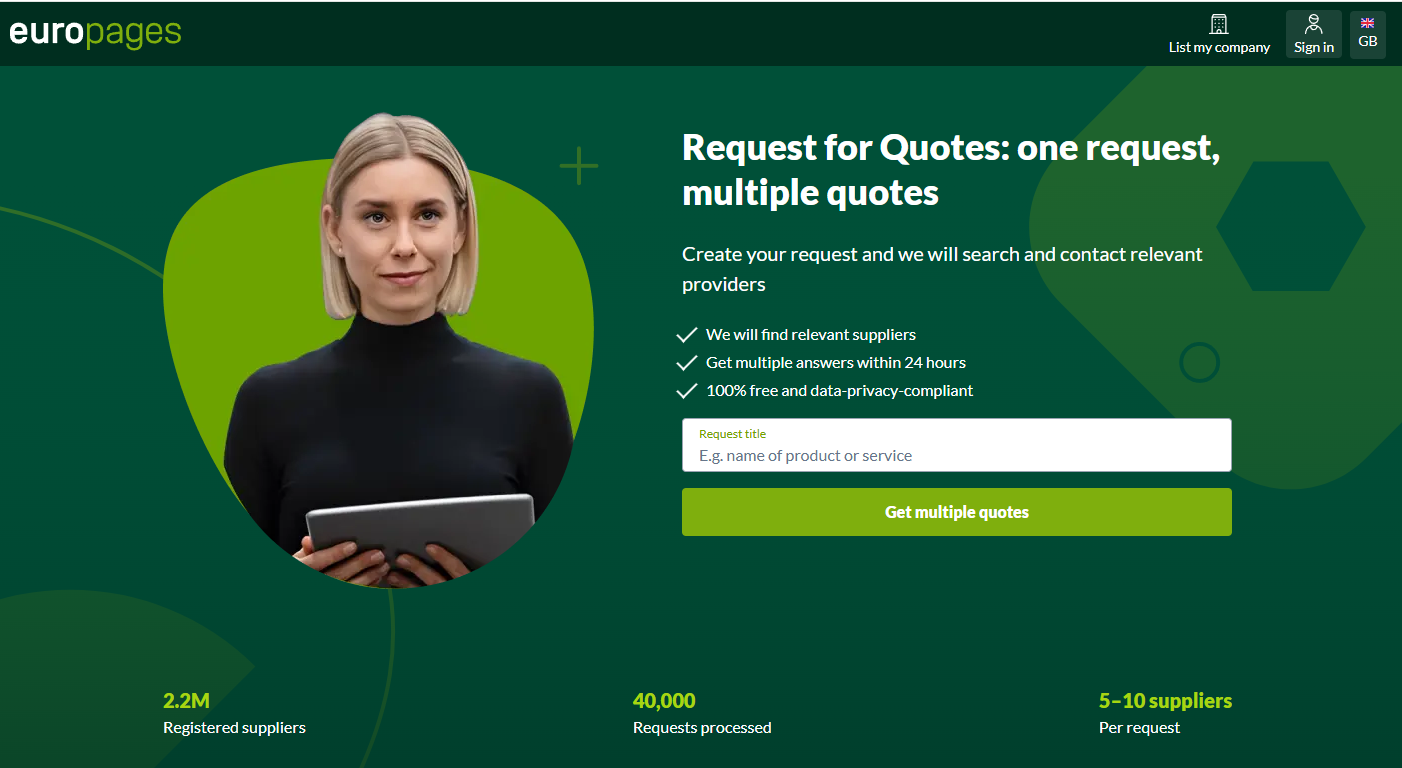Focus points
- What’s Driving Back-to-School Procurement Trends
- Sectors Seeing the Biggest Seasonal Spikes
- Making Smarter Post-Summer Buying Decisions
What’s Driving Back-to-School Procurement Trends
While the headlines focus on parents filling shopping carts with stationery, there’s a much bigger story happening in the B2B space. Late summer brings a noticeable change in purchasing habits across industries, creating a surge that B2B suppliers quickly notice.

1. Office Equipment and Supplies
Post-holiday energy often translates into workspace refreshes, whether in headquarters, co-working hubs, or home offices. Companies aren’t just ordering pens and notebooks; they’re investing in ergonomic seating, upgraded monitors, printers, and collaboration tech.
Trend insight: The hybrid work era has changed fulfilment. Instead of bulk deliveries to a single office, procurement teams are sending supplies to remote workers and regional sites.
2. Uniforms and Workwear
Schools aren’t the only ones placing uniform orders. Hospitality, healthcare, and manufacturing sectors use this period for large-scale replacements.
Trend insight: Sustainable fabrics and ethically sourced materials are becoming deciding factors in supplier selection.
3. Technology and IT Infrastructure
From universities buying laptops to corporates rolling out cybersecurity upgrades, August and September are prime time for tech investment.
Trend insight: AI-powered tools and data protection solutions are leading the charge.
4. Packaging and Printing Services
It’s also a high season for printed guides, catalogues, event kits, and product packaging, often with fast turnaround demands.
Trend insight: Short-run, personalized printing is in high demand for targeted campaigns.
5. Logistics and Distribution
With so many moving parts, reliable logistics become mission-critical. From publishing houses to catering services suppliers, locking in freight capacity early helps prevent costly bottlenecks down the line.
Trend insight: Businesses are spreading risk by working with multiple logistics partners.
Sectors Seeing the Biggest Seasonal Spikes
Some B2B sectors experience a clear and predictable lift every back-to-school season, with purchasing patterns that can be measured year after year.
- Education suppliers are often first in line, as schools, universities, and training centres place last-minute orders for classroom and teaching laboratory equipment to accommodate enrolment changes or updated curricula. Companies that secure multi-year agreements with these suppliers often benefit from locked-in pricing and priority service during these high-demand months.
- Commercial furniture follows closely, with offices, schools, and co-working spaces taking advantage of the seasonal reset to refurbish work areas. Flexible delivery schedules are particularly valuable here, helping organisations align installations with project timelines while reducing storage costs.
- Foodservice and catering providers also feel the seasonal rush. As universities reopen and corporate cafeterias return to full capacity, bulk food orders and kitchen servicing spike. Partnering with reliable suppliers who can guarantee both freshness and volume is essential to maintaining service quality.
- Cleaning and maintenance services, where demand for deep cleans, pest control, and equipment servicing peaks ahead of autumn events and conferences. Consolidating these services under a single supplier can improve efficiency and reduce administrative load.
- Promotional merchandise sees a surge as September marks the start of the event season. Companies often place high-volume, quick-turnaround orders for branded pens, tote bags, and tech accessories.
Having a vetted list of reliable, fast-response suppliers can make all the difference when deadlines are tight.
Making Smarter Post-Summer Buying Decisions
Once summer wraps up, it’s straight into one of the busiest stretches of the year for procurement teams. With short lead times, tight supplier capacity, and plenty of competition, the winners are the ones who plan ahead without losing flexibility.
- Start by forecasting early, even if you don’t have all the numbers locked in. Securing production slots or transport capacity now can save you from scrambling later.
- Next, let the data guide you. Look at past seasonal patterns, then layer on what’s happening right now. It’s the mix of historical and real-time insight that makes forecasts accurate.
- When it comes to suppliers, reliability beats rock-bottom prices every time. A late delivery during peak season can cost more than any discount you negotiated.
- Don’t forget sustainability. Not just for ESG reports, but because greener, more ethical suppliers often build stronger, more resilient operations.
- And finally, keep the conversation flowing across teams. Procurement, marketing, operations, and finance all need to be on the same page. That way, orders match real needs and campaigns launch fully stocked.
Final Word
For many companies, September is the true start of the business year’s second half. Getting procurement right now means heading into Q4 with confidence, resources, and a competitive edge.
Just like in the classroom, preparation is the foundation for success.
For more insights and industry updates, visit Inside Business, the Europages blog, where you’ll find additional articles on procurement strategies and year-end planning.

